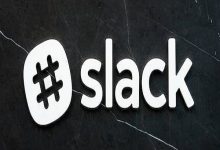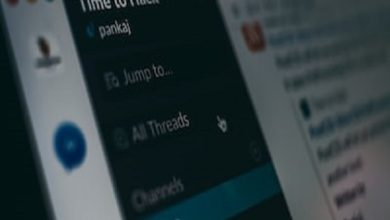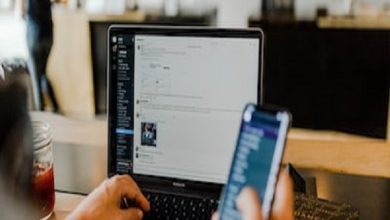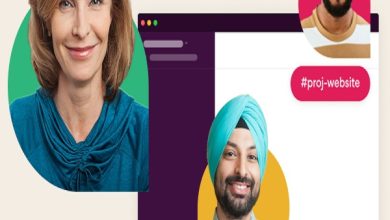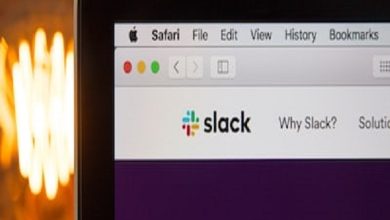
In today’s fast-paced digital landscape, communication platforms have become the cornerstone of modern workplaces. Among these platforms, Slack has emerged as a frontrunner, offering teams an intuitive and dynamic environment for collaboration and communication. As organizations increasingly rely on Slack conversations to streamline workflows and foster teamwork, the need to prioritize data security within these conversations becomes paramount. In this article, we will delve into the strategies and practices that can help safeguard information and ensure data security when using Slack for your team’s communications.
The Rise of Slack and Digital Conversations
Slack’s rise to prominence can be attributed to its ability to revolutionize workplace communication. With features like real-time messaging, seamless integrations, and organized channels, Slack has become an indispensable tool for teams across industries. This has led to improved productivity and enhanced collaboration, enabling team members to communicate effectively even when physically distant. The platform’s user-friendly interface and accessibility on various devices have further solidified its position as a communication powerhouse.

Understanding Data Security Concerns
While Slack offers a plethora of benefits, it also brings forth certain security concerns that organizations cannot afford to ignore. The nature of conversations taking place on Slack often involves sensitive information, ranging from project details and intellectual property to confidential business data. A breach of this information could have far-reaching consequences, including financial loss, reputational damage, and potential legal ramifications. This underscores the critical need for robust data security measures when engaging in conversations on Slack.
Security Features Built into Slack
Thankfully, Slack has not overlooked the significance of data security. The platform has incorporated several security features to protect users’ conversations and data. One of the cornerstones of this security framework is encryption. Slack employs encryption mechanisms to secure data both in transit and at rest. This means that your conversations are encrypted while being sent over the internet and when stored on Slack’s servers, adding an extra layer of protection against unauthorized access.
User authentication is another key element in Slack’s security arsenal. The platform offers multiple options, including password-based authentication, two-factor authentication (2FA), and single sign-on (SSO). Implementing 2FA ensures that even if someone gains access to a user’s password, they still need an additional authentication factor to log in. Similarly, SSO streamlines access control, making it easier to manage user permissions and revoke access when needed.
Best Practices for Ensuring Data Security on Slack
While Slack provides a solid foundation for data security, there are several best practices that organizations and users should adopt to further enhance protection:
- Strong Password Policies and Regular Updates: Encourage team members to create strong, unique passwords and update them regularly. Password managers can help users keep track of their passwords without compromising security.
- Multi-Factor Authentication (MFA): Require MFA for all users to add an extra layer of protection to their accounts. This drastically reduces the risk of unauthorized access, even in the event of a compromised password.
- Use Private Channels for Sensitive Discussions: Designate private channels for conversations involving sensitive information. This restricts access to authorized team members only, minimizing the chances of accidental exposure.
- Exercise Caution with External Integrations: While Slack’s integrations can enhance productivity, they can also introduce security vulnerabilities. Evaluate and vet third-party apps before granting them access to your Slack workspace.
Employee Training and Awareness
Data security is not solely a technological matter; it also depends on the awareness and actions of individual users. Organizations should prioritize employee training to ensure that team members understand the potential risks and adopt safe communication practices. Workshops and training sessions can educate users about identifying phishing attempts, recognizing suspicious activities within Slack, and reporting security concerns promptly.
Data Retention and Compliance
Slack’s data retention policies play a role in ensuring both data security and compliance. Organizations should be aware of how long data is retained within the platform and how this aligns with industry regulations such as GDPR or HIPAA. Staying compliant is crucial to avoid penalties and legal repercussions, and regular audits can help ensure that data management practices are in line with these regulations.
Monitoring and Incident Response
Proactive monitoring of Slack conversations is essential to detect any unusual activities or signs of a potential breach. Organizations should establish an incident response plan to address security incidents promptly and effectively. This plan should outline the steps to take in case of a security breach, including notifying relevant stakeholders, assessing the extent of the breach, and implementing remediation measures. Engaging with Slack’s security teams or support can be instrumental in managing and mitigating the impact of a breach.
Alternatives and Additional Security Measures
While Slack is a powerful communication platform, it’s not the only option available. Organizations with specific security requirements may consider exploring alternatives that offer enhanced security features. Additionally, implementing complementary security measures such as endpoint security solutions and network monitoring can provide an extra layer of protection for your digital communication environment.
Conclusion
In the realm of modern workplace communication, Slack has redefined the way teams collaborate and communicate. However, this convenience should not come at the cost of data security. Prioritizing the safeguarding of information within Slack conversations is not only a responsibility but also a necessity in today’s data-driven world. By leveraging Slack’s built-in security features, adopting best practices, providing employee training, and remaining compliant, organizations can create a communication environment that fosters productivity while mitigating the risks associated with data breaches. As we continue to embrace digital transformation, let us remember that secure communication lays the foundation for a successful and resilient future.
Resources
- Slack Security Features Overview: Official page detailing Slack’s security features and practices.
- Slack Encryption: Learn more about how Slack encrypts data in transit and at rest.
- Slack Authentication Methods: Details about user authentication options, including two-factor authentication (2FA) and single sign-on (SSO).


